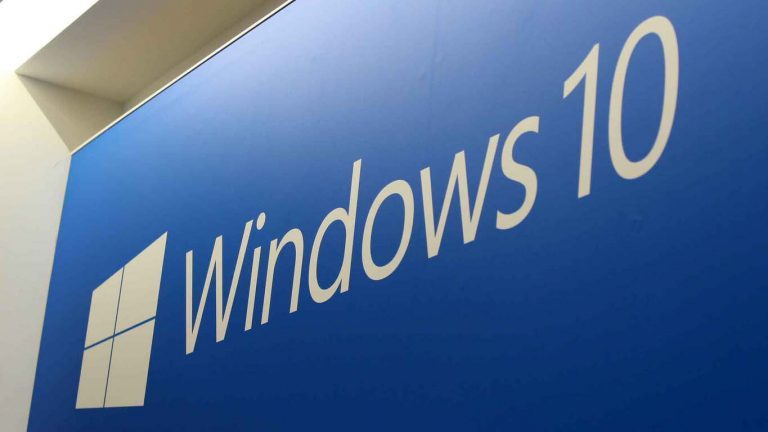As noted by MSPoweruser, Microsoft is now pushing out a new cumulative update for certain Windows 10 users. The update is rolling out incrementally to Windows 10 version 1507, 1511, 1607, 1703, or 1709, so not everyone will see it at first. This patch mainly delivers reliability improvements to Windows Update Service components, and here’s what you need to know.
Please be aware that today’s patch might take certain steps to free up disk space on your device, but only if you don’t have enough left to install Windows Updates. The patch also includes certain resources which address issues with the update process in Windows 10. It is focused on improving reliability and security, so here’s what you need to know.
- This update may request your device to stay awake longer to enable installation of updates.
- Note The installation will respect any user-configured sleep configurations and also your “active hours” when you use your device the most.
- This update may try to reset network settings if problems are detected, and it will clean up registry keys that may be preventing updates from being installed successfully.
- This update may repair disabled or corrupted Windows operating system components that determine the applicability of updates to your version of Windows 10.
- This update may compress files in your user profile directory to help free up enough disk space to install important updates.
- This update may reset the Windows Update database to repair the problems that could prevent updates from installing successfully. Therefore, you may see that your Windows Update history was cleared.
In the event that your files are being compressed, you’ll notice two blue arrows overlaid on the file icon. Files will eventually be decompressed once the update is installed, and you can continue to access your files throughout the update process.
This latest patch will only show up in Windows Update and is not available through the Microsoft Update Catalog. It also replaces the previously released update, KB4022868 from May 30, 2017.


